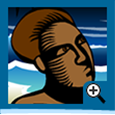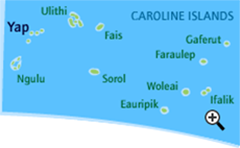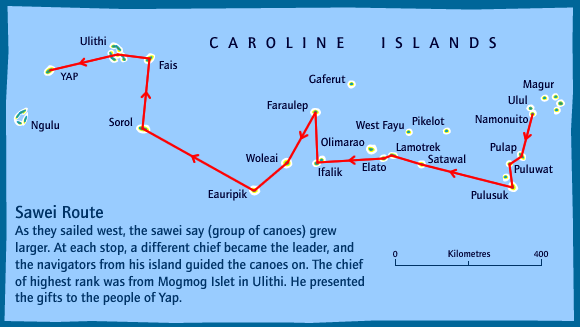The Canoe Is the People
Indigenous Navigation in the Pacific
Why Fasu Disappeared from Ifalik (Yap, Micronesia)
This story tells of another voyage involving people from Yap and the atolls. One day, a sailing canoe from Yap came to Ifalik. The people of Ifalik welcomed the navigator and his crew and gave them many gifts. They invited them to stay as long as they wanted. However, the chief asked them not to leave the area of the canoe house. He knew that the Yapese had spiritual powers and didn’t want this danger around Ifalik.
One morning, the Yapese navigator broke the chief’s rule. He left the canoe house and went to the other side of Ifalik to swim. Suddenly, he saw something strange on the horizon. Even though the sun made it hard to see, he thought it was a big storm. So he collected some special leaves, said some enchanted words, and made the thing disappear.
He went to tell the chief that he’d just stopped a storm from hitting Ifalik. The chief was shocked. He told the navigator that it wasn’t a big storm but Fasu, an island with a large mountain. The navigator was terribly sorry for what he’d done. The chief accepted his apology but told him to leave Ifalik. Today, Fasu lies just below the sea north-east of Ifalik. Boats avoid the area, but men fish there when the winds from the east make it easy to return to Ifalik.
Traditional Voyages
In the Pacific, special trading and religious voyages between islands used to be made. The sawei voyages are an example. Every few years, people from the atolls GLOSSARY atolls - small coral islands of the Carolines travelled to Yap (a larger volcanic island) with gifts. Some were kept in sawei baskets (woven baskets made of coconut fibres GLOSSARY fibres - strings ). The coral islanders believed that the Yapese controlled the weather. If they did not bring sawei gifts to them, they could be hit by very bad storms.
The Yapese gave gifts in return. The gifts were often valuables that were not available on the other island and religious offerings. They recognised the kinship GLOSSARY kinship - relationship, connection between the two cultures. The families in Yap treated the visitors as if they were their children.
The German administration stopped the sawei voyages in the early 1900s, but many people still know their sawei connections – and how to make the sawei basket.
Sawei basket photo © Rosalind Hunter-Anderson. This image is from the Ethnology Museum at the Academia Sinica in Taipei.














